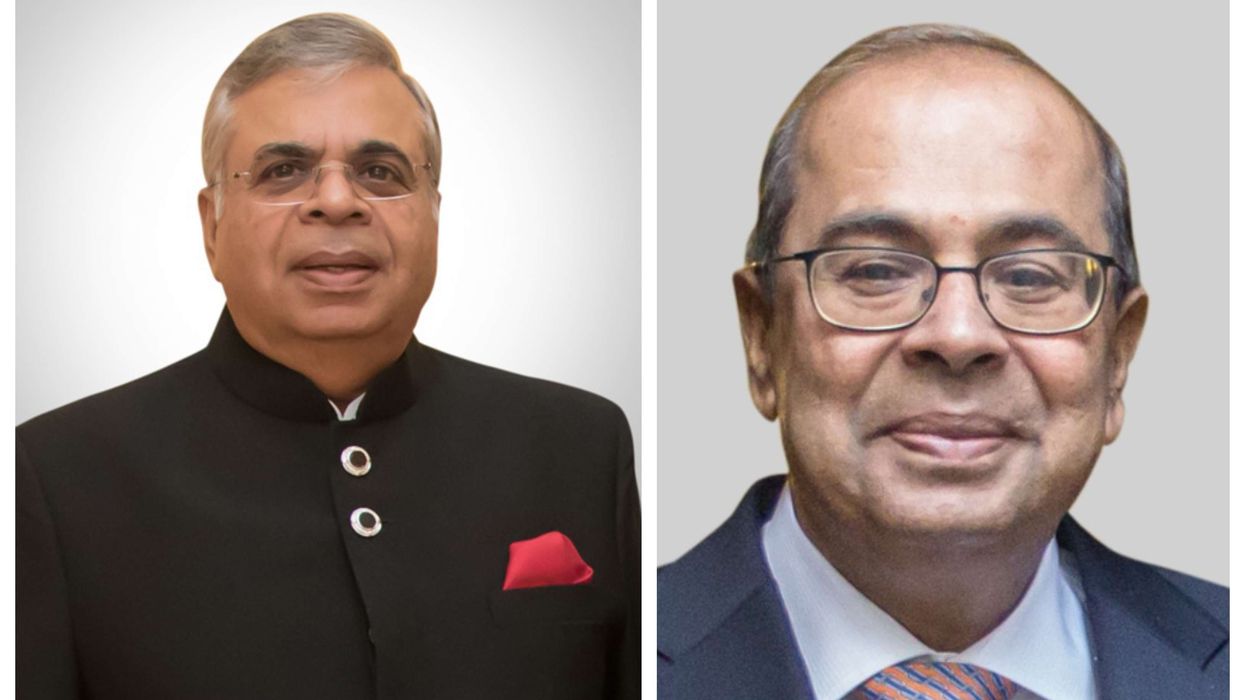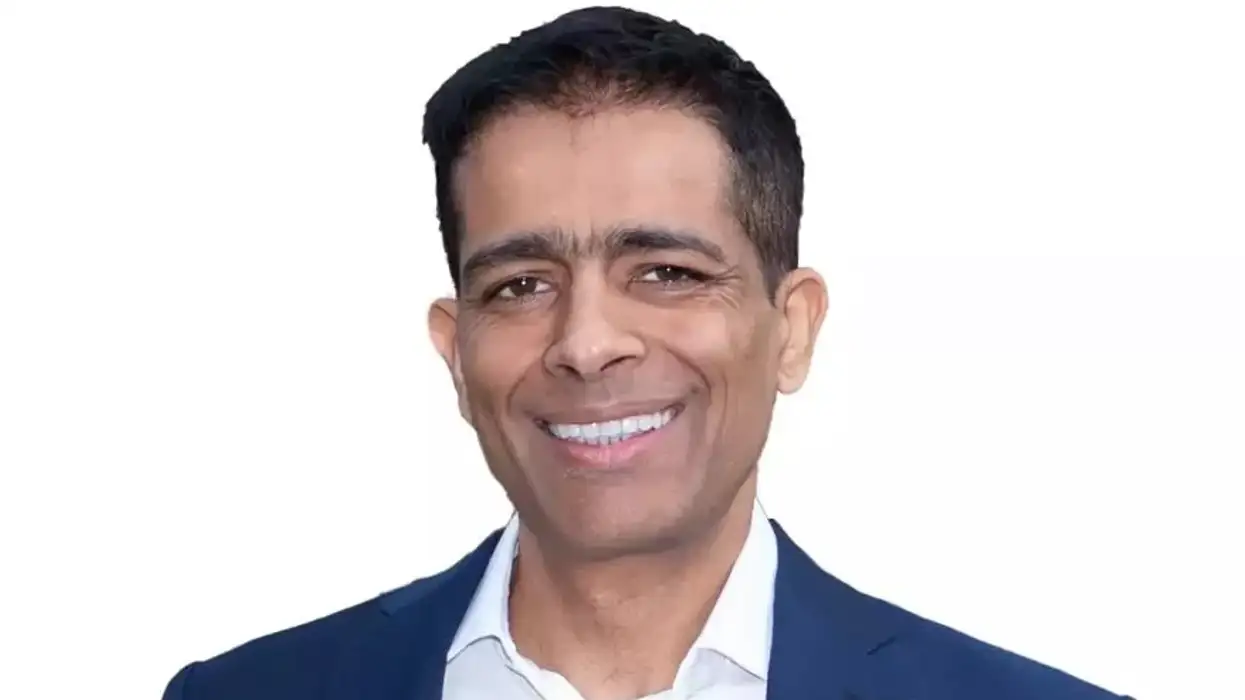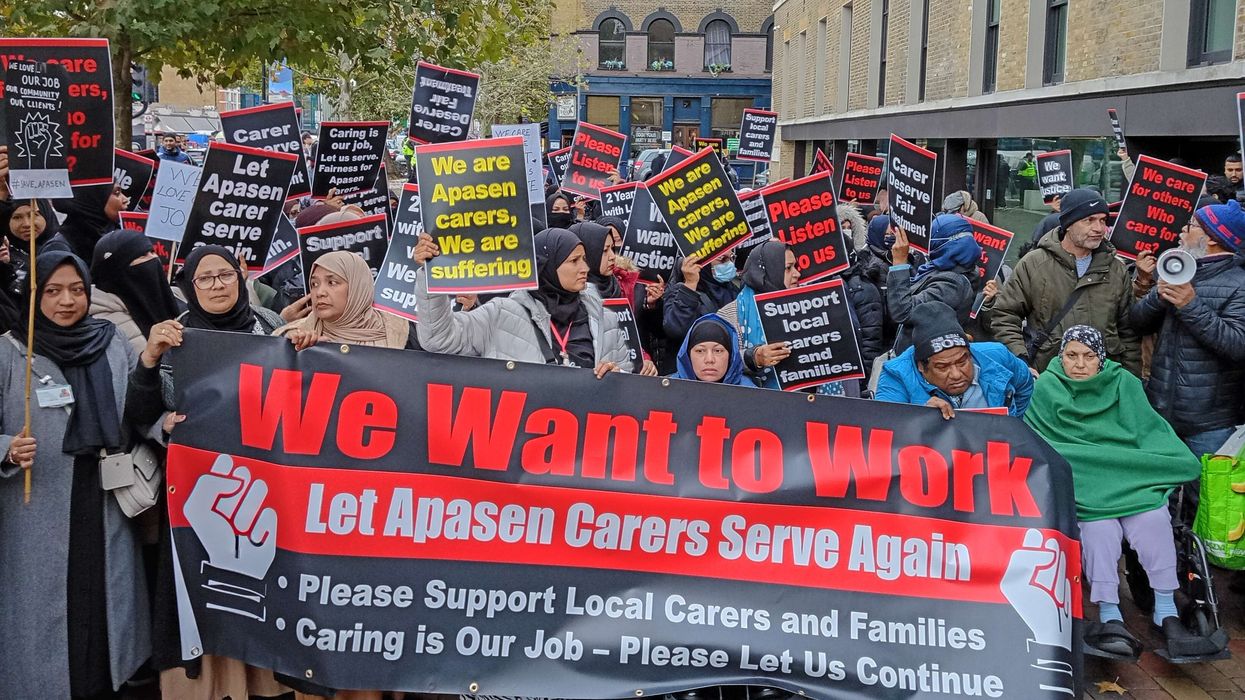THE US Embassy in Pakistan has operated a chartered flight to transport US citizens, American and British diplomats from Jinnah International Airport Karachi amid coronavirus pandemic on Thursday (2) night.
The Pakistan government has granted permission, on the request of the Embassy, in this regard recently.
The plane arrived from Cairo at the Karachi airport to airlift the US nationals.
The flight MSR-3200 was allowed to land at the airport on a special permission from the Civil Aviation Authority (CAA).
It carried 135 passengers including 16 members of the embassy team.
After landing at Karachi airport, the plane departed for Islamabad from where members of the embassy boarded the flight.
The US citizens underwent coronavirus screening process at the airport while their baggage was also sanitized to ensure that they do not carry any virus particles along with them.
Three British diplomats have also departed from Pakistan through the chartered flight.
According to the advisory, no one will be allowed to enter the terminal’s buildings of the airports in Karachi and Islamabad to see off the passengers except diplomatic staff members.
The aviation authority also permitted the diplomatic staff to establish a separate counter to assist the departing passengers.
Pakistani authorities have said that no one including crew members will be allowed to come out of the chartered flight, upon arrival of the special plane.





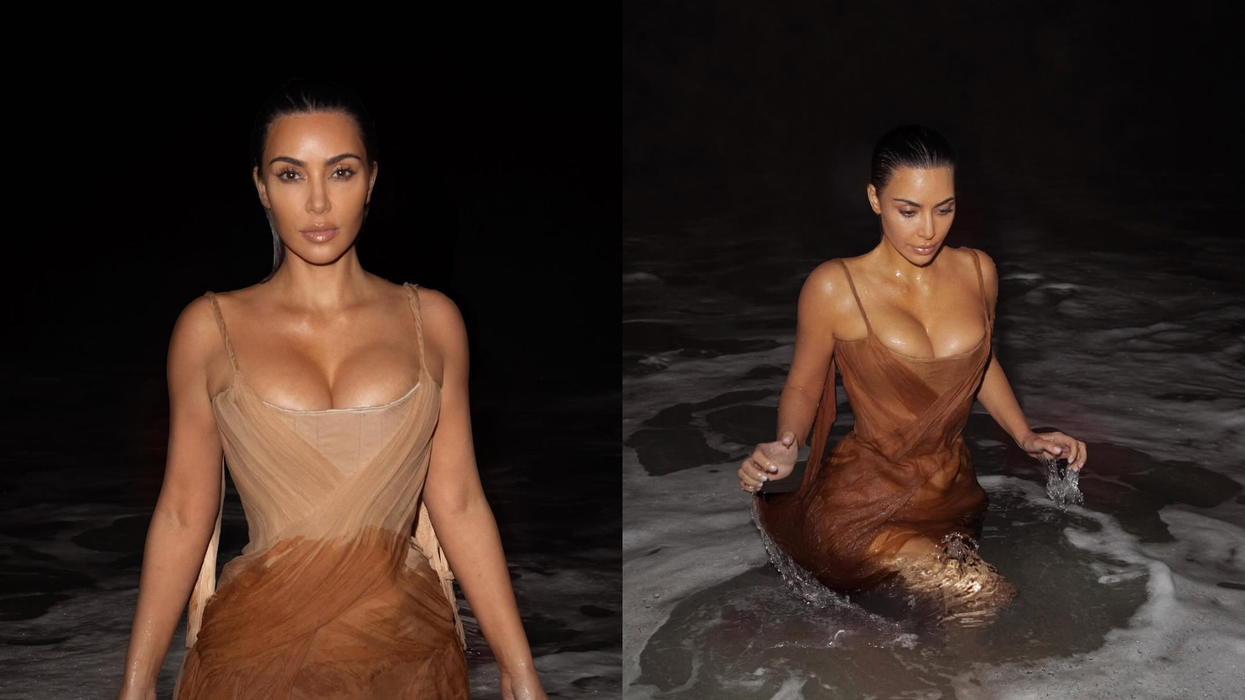
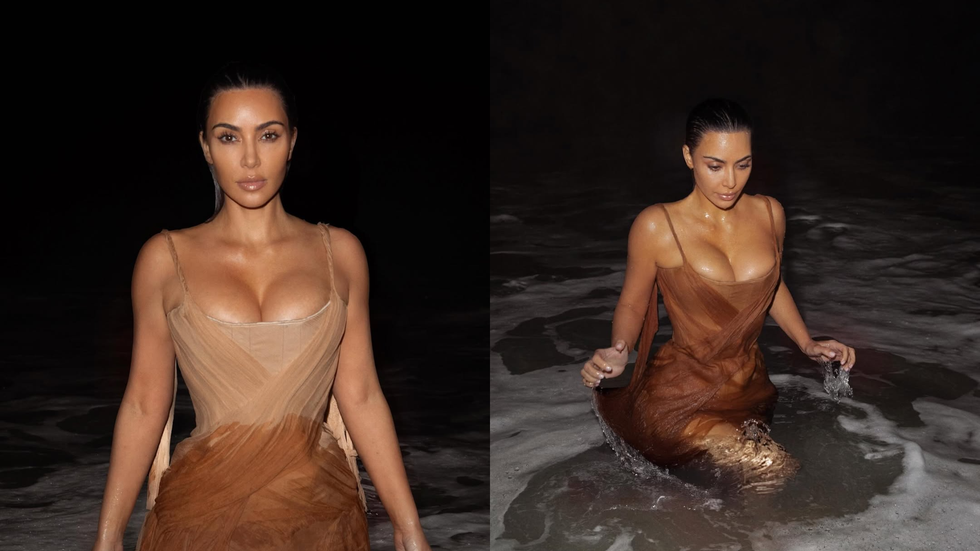 Kim Kardashian splashes in nude McQueen gown on Rio sand Instagram/kimkardashian
Kim Kardashian splashes in nude McQueen gown on Rio sand Instagram/kimkardashian  Shipwreck-inspired McQueen dressInstagram/kimkardashian
Shipwreck-inspired McQueen dressInstagram/kimkardashian Shipwreck-inspired McQueen dressInstagram/kimkardashian
Shipwreck-inspired McQueen dressInstagram/kimkardashian
